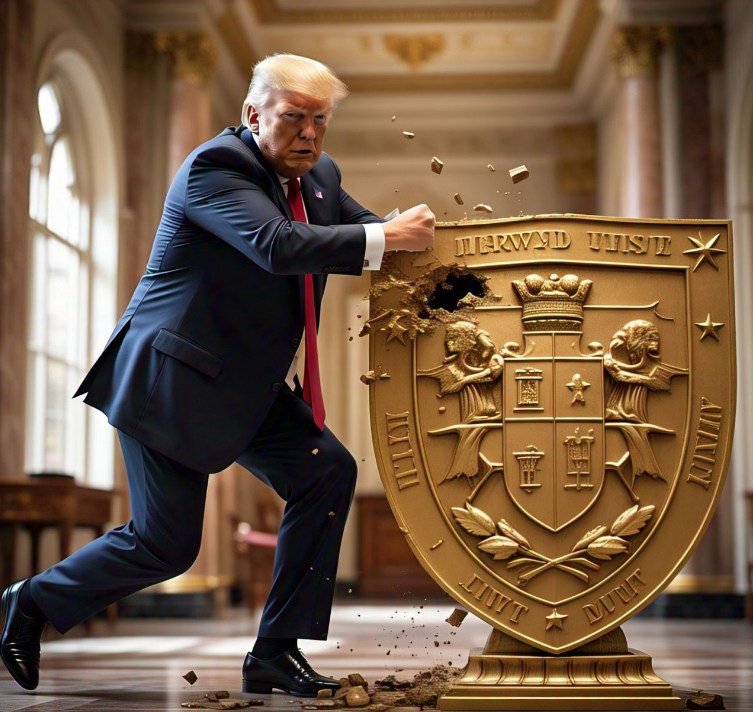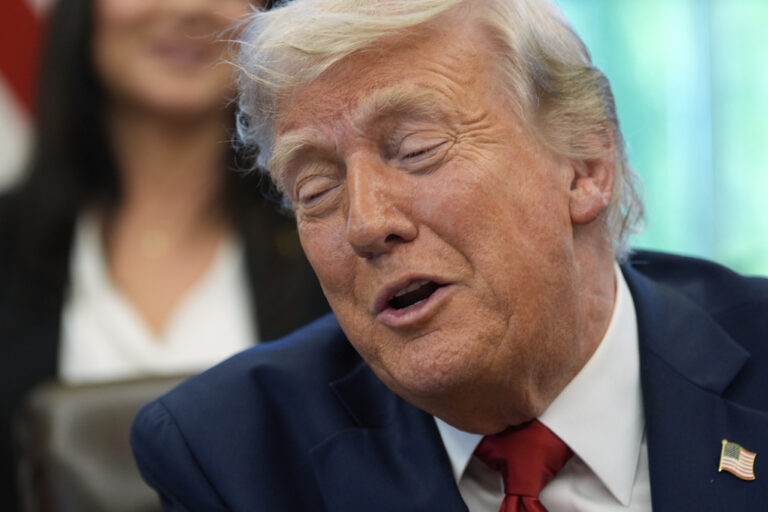Diving into the world of crypto trading can feel like stepping into a new universe, filled with endless possibilities and potential. I remember my excitement when I first explored this digital frontier, eager to understand the dynamics of Bitcoin and Ethereum. The thrill of watching market trends and making informed decisions was both exhilarating and empowering.
Crypto trading offers an opportunity to participate in a rapidly evolving financial landscape. With the right tools and knowledge, anyone can start navigating this space and potentially benefit from its growth. It’s essential to approach this journey with curiosity and a willingness to learn, as the crypto market is as dynamic as it is intriguing.
For beginners, understanding the basics and setting realistic expectations is key. By familiarising yourself with the fundamental concepts and strategies, you’ll be better equipped to make confident decisions and enjoy the unique adventure that crypto trading offers.
Key Takeaways
-
Understand Cryptocurrency Basics: Familiarise yourself with what cryptocurrency is, including its decentralised nature, independence from traditional banks, and underlying blockchain technology that ensures secure peer-to-peer transactions.
-
Choose a Reliable Exchange: Opt for a trustworthy cryptocurrency exchange by considering factors such as user-friendliness, security measures, and diversity of cryptocurrency options offered.
-
Master Analysis Techniques: Develop skills in both fundamental and technical analysis to make informed trading decisions by understanding market trends, price charts, and the intrinsic value of cryptocurrencies.
-
Develop a Personal Trading Strategy: Establish clear trading goals, implement risk management strategies, and choose a trading style that aligns with your objectives to navigate the crypto market effectively.
-
Stay Updated with Market Trends: Keep abreast of crypto news and utilise market sentiment tools to inform strategic trading decisions, ensuring a competitive edge in this dynamic environment.
-
Practise with a Demo Account: Utilise demo accounts to test trading strategies without financial risk, building confidence and gaining familiarity with complex trading platforms before engaging in real trades.
Understanding Cryptocurrency Basics
I remember my first dive into the world of digital currency, and how intriguing it was to grasp the basics—crucial for anyone interested in this exciting financial frontier.
What Is Cryptocurrency?
Cryptocurrency is a digital currency secured by cryptography. It’s decentralised, meaning no single authority controls it. This intrigued me as it allows for peer-to-peer transactions without any intermediaries. Cryptos like Bitcoin offer independence from traditional banks. They represent an asset class with potential investment opportunities. I could transact directly with others, ensuring security and privacy. This is achieved through cryptographic techniques. It’s a revolutionary approach to money, giving users control.
Blockchain Technology Explained
Cryptocurrencies run on technology called blockchain. It’s a decentralised ledger that records every transaction. A network of computers maintains this instead of one central authority. This decentralisation means improved accountability and reduced fraud risk. Each transaction gets verified through complex mathematical algorithms. Once verified, it’s added to the blockchain. This ensures transparency and helps build a trustworthy transaction history. I felt empowered knowing that my transactions were secure. This transparency builds trust in the crypto community. The innovative nature of blockchain impressed me.
Popular Cryptos to Consider
Bitcoin, often dubbed digital gold, was my first choice. It’s the most recognised cryptocurrency globally. Ethereum attracted me with its smart contract technology. It’s popular for decentralised apps. Ripple offers fast, low-cost transactions across borders. Litecoin provides faster transaction times than Bitcoin. These cryptos offer unique advantages that cater to different trading goals. Choosing a diverse portfolio gave me exposure to various opportunities. Exploring these options can help expand crypto knowledge. Various cryptos show unique potential in this digital era.
Setting Up Your Trading Account
Initiating a crypto trading journey involves setting up a secure trading account. Picking the right platform is crucial for your success. Here’s how to start on the right foot.
Choosing a Reliable Exchange
Selecting a dependable exchange ensures your trades are secure. I started with Coinbase for its user-friendly platform and diverse crypto choices. Binance suited me when exploring altcoins. Gemini stood out for robust security, giving me peace of mind. Each exchange offers unique benefits, so choose based on your specific needs and preferences.
Creating Your Account
Setting up an account was straightforward but required attention. I visited the exchange’s website and clicked ‘Sign Up.’ Filling out essential information like name and email was quick. Securing my account with a strong password was vital. Enabling two-factor authentication added an extra security layer. I felt confident knowing my account was protected against potential threats.
Verifying Your Identity
Identity verification was necessary to comply with regulations. Uploading my identification document (like a passport) was straightforward. Some exchanges ask for additional documents, such as proof of address. Waiting for approval took a few days. Verification enhanced my trust in the platform, knowing I was trading in a safe environment.
Learning Fundamental and Technical Analysis
When I began my crypto journey, understanding analysis techniques became crucial. I found that both fundamental and technical analyses are vital for informed trading. They guide my decisions and help me assess market scenarios effectively.
Understanding Fundamental Analysis
Fundamental analysis intrigued me with its focus on a cryptocurrency’s intrinsic value. Evaluating project viability meant diving into the core technology. I assessed developer teams and their vision, understanding the real problems they solve. Market demand evaluation showed potential use cases and necessity, offering insights into cryptocurrency sustainability. Monitoring the regulatory environment felt essential. I observed that legal landscapes impact value and accessibility. Analysing a project’s financial health provided a clear picture. Checking financial statements and analysing financial strength through different metrics revealed much about stability.
Exploring Technical Analysis
Exploring technical analysis took my skills up a notch. I learned to interpret price charts and patterns, which predict future movements. Observing trends showed the bigger picture. Identifying support and resistance levels allowed me to set entry and exit points accurately. Studying indicators like RSI and MACD unveiled market strength and momentum. These tools transformed complex data into actionable insights. Recognising candlestick patterns was eye-opening. They presented potential turning points by highlighting reversals and continuations.
Tools for Market Analysis
Selecting the right market analysis tools enriched my trading strategies. Platforms like TradingView provided interactive charts and endless customisation options. Analysing historical data offered context for upcoming trades. I employed coin-specific analytics. These platforms presented real-time on-chain metrics and future market forecasts, aiding decision-making. Utilising sentiment analysis added another layer. This technique involved measuring social media trends and market news sentiment, giving me a competitive edge.
Developing a Trading Strategy
Creating my own trading strategy was a fulfilling experience. It helped me approach the crypto market with a clearer focus. Every step, from setting goals to choosing risks, was crucial in forming my investment approach.
Setting Trading Goals
Setting clear goals shaped my trading. I decided if I wanted short-term profits or longer stability. These goals defined my strategy. Balancing potential returns with risk tolerance was key. Someone opting for quick gains might explore day trading, yet long-term investors will find value in holding. By aligning goals with actions, I ensured my trades were purposeful.
Risk Management Strategies
Risk management formed the core of my crypto trading strategy. I limited potential losses by setting stop-loss orders to exit trades if prices dropped unexpectedly. Diversifying investments helped reduce exposure to any single cryptocurrency. Keeping emotions in check, no matter market swings, was important. Acknowledging that no trade’s ever guaranteed, I set only a portion of my capital for trading, ensuring safeguard of my total assets.
Types of Trading Strategies
Choosing a trading style suited my objectives. Day trading involved multiple, quick trades. Swing trading offered opportunities based on price swings over weeks or days. Long-term investing appealed for holding assets with potential. Each style required distinct commitment levels. I found day trading most demanding but rewarding when executed well. The crypto market’s versatility allowed me to tailor my strategy, benefiting from different price movements.
Keeping Up with Market Trends
Staying updated with market trends is vital in crypto trading. It helps me make timely and informed decisions in this fast-paced environment.
Following News and Updates
I rely on reliable news sources like CoinDesk and CryptoSlate. They provide timely updates about the crypto market and regulatory changes. Staying informed helps me anticipate market movements. I subscribe to newsletters such as ‘The Daily Hodl’ for updates. Ensuring I get diverse viewpoints is key. Keeping an eye on global events ensures I’m prepared for any industry shifts. This approach gives me confidence.
Analysing Market Sentiments
Analysing market sentiment involves watching market data. Tools like CryptoPanic help me gauge mood trends. They collect news and social media posts to reveal patterns. I check the Fear & Greed Index weekly to assess market emotions. Spotting trends gives me trading confidence and insights. Tracking sentiment helps me make strategic decisions. It’s like tuning into the market’s mood.
Utilising Social Media and Forums
I engage in forums like Reddit’s CryptoCurrency for insights. Discussing trends with others broadens my knowledge. I follow influential figures on Twitter for updates and opinions. Engaging with Telegram groups gives me extra context. Being active helps me learn and adapt swiftly. Sharing experiences in these spaces creates a sense of community. I find many helpful resources and links shared among users.
Practising with a Demo Account
Demo accounts offer an ideal start for beginners. I remember the relief of trading without fear of losses.
Benefits of Demo Trading
A demo account creates a risk-free space to learn. I often recommend them to friends venturing into crypto. With virtual funds, testing strategies feels safe and allows you to understand market dynamics thoroughly. This simulated environment also helps get familiar with complex trading platforms.
Trying Different Strategies
Experiment with various trading styles on a demo account. I tested different approaches, like day trading and swing trading, and found what suits me best. You’ll find it’s a great opportunity to diversify your techniques. Trying out these strategies enriches your understanding without financial risks.
Gaining Confidence
Building confidence comes naturally through practice. After using a demo account, I felt more prepared for real trades. You observe how your decisions play out, which boosts your self-assurance. When you’re ready to trade live, this experience helps reduce anxiety and improve performance.
Getting Started with Real Trades
Beginning real trades was exhilarating for me. It opened doors to practical knowledge and real-world challenges.
Starting with Small Investments
I initially opted for modest investments. This approach limited risks and allowed me to gain confidence slowly. Small trades taught me important fundamentals. I explored different cryptocurrencies, observing how each reacted to market events. As I grew more comfortable, understanding risk and potential, I gradually increased investments, but still kept expectations realistic.
Monitoring Your Trades
I checked my portfolio daily. This habit helped me stay informed about market movements. By using apps with real-time notifications, I could react promptly. Graphs and charts turned into valuable tools for recognising trends. I started predicting outcomes, aligning my decisions with personal insights, gaining the upper hand even in volatile markets.
Learning from Your Experiences
Every trade tought lessons. Analysing past decisions revealed patterns and strategies that worked. I kept notes of successes and failures. These records became guides for future strategies. Over time, my decision-making improved, drawing from accumulated knowledge. Gaining valuable insights ultimately led to better, more informed trades.
Conclusion
Embarking on a crypto trading journey is both thrilling and challenging. As I’ve shared, understanding the basics and setting realistic expectations are key to navigating this dynamic market. By exploring various cryptocurrencies and leveraging reliable exchanges, you can create a secure foundation for your trading activities.
Incorporating fundamental and technical analysis into your strategy enhances decision-making and helps manage risks effectively. Staying informed about market trends and engaging with the crypto community further enriches your trading experience. Practising with a demo account builds confidence and prepares you for real-world trading.
Remember, starting small and learning from each trade is crucial. With dedication and a willingness to adapt, you can thrive in the ever-evolving world of crypto trading.










